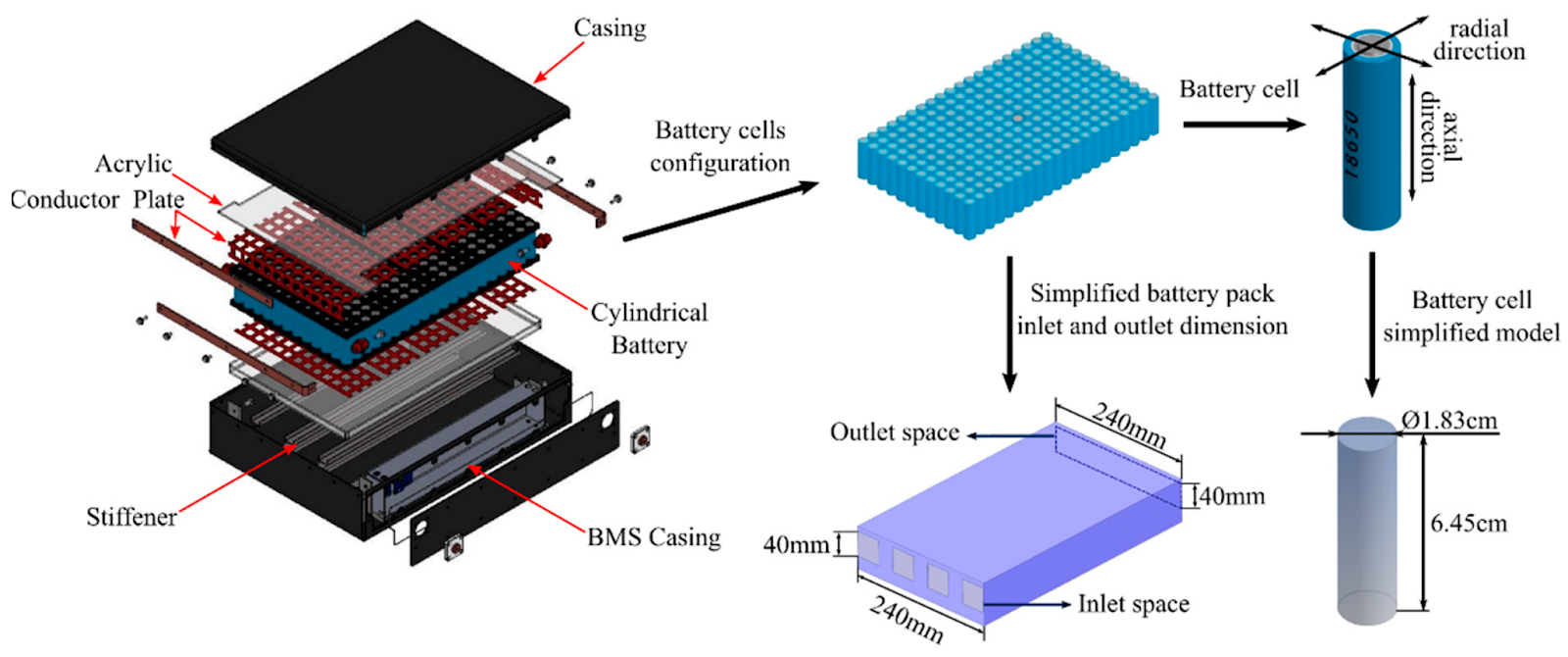Receiving an unfamiliar message on your car’s display can trigger concerns and uncertainty. The “Cooling Performance of the Hybrid Battery is Low” notification is one such message that might cause apprehension. However, this blog aims to equip you with the knowledge to confidently tackle this issue and maintain the optimal functionality of your hybrid vehicle.
Decoding the Meaning
What Does “Cooling Performance of the Hybrid Battery is Low” Mean?
The appearance of a low cooling performance warning implies potential temperature regulation issues affecting the efficiency and lifespan of the hybrid battery. While the message may seem cryptic initially, its significance lies in the cooling system’s role in preserving the battery’s temperature within optimal ranges.

Immediate Actions to Take
What to Do When You Get the “Cooling Performance of the Hybrid Battery is Low” Message
Prompt attention is crucial upon receiving this message to prevent further complications. Prioritize safety by reducing your vehicle’s load, turning off non-essential electrical systems, and find a suitable spot to park. Avoid driving until a professional inspection is conducted for an accurate diagnosis and resolution.
Identifying Causes and Implementing Solutions
Causes for “Cooling Performance of the Hybrid Battery is Low” and Solutions
Causes:
- Faulty Cooling System: The cooling system responsible for regulating the battery’s temperature may malfunction, leading to overheating or insufficient cooling.
- Blockages or Restrictions: Accumulation of debris in components like air vents or coolant passages can obstruct airflow or coolant circulation, causing inadequate cooling.
- Coolant Leaks: Leakage in the cooling system can result in low coolant levels, leading to poor cooling performance and elevated battery temperatures.
- Thermal Management System Failure: Complex thermal management systems in modern hybrid vehicles, if failing, can adversely affect battery cooling.
Solutions:
- Inspect and Clean Cooling System: Regularly inspect components for dirt or blockages. Clean air vents and coolant passages to ensure unobstructed airflow and coolant circulation.
- Check for Leaks: Professional inspection is essential if a coolant leak is suspected. Addressing leaks promptly and refilling coolant maintains proper cooling.
- Repair or Replace Faulty Components: For malfunctioning parts like fans or pumps, certified technicians should repair or replace them.
- Software Updates: Software glitches may contribute to cooling issues; check for available updates from the manufacturer.
- Professional Diagnosis: If problems persist, seek assistance from a dealership or qualified mechanic for a thorough diagnostic check.
- Maintain Proper Driving Habits: Practice smooth driving to mitigate additional heat generation in the battery due to aggressive driving.
Remember, addressing hybrid vehicle issues, especially related to cooling systems, requires professional expertise. Attempting self-diagnosis may lead to further complications. Regular maintenance and prompt resolution of cooling system issues are crucial for ensuring the optimal performance and longevity of the hybrid battery.

Estimating Repair Costs
Cost of Fixing the Cooling Performance of the Hybrid Battery
The cost of fixing the cooling performance issue varies based on factors such as the vehicle’s make, model, and the specific problem causing the low cooling performance. Key considerations include diagnosis fees, replacement parts costs, and labor expenses. Here are some estimates:
- Diagnostic Fee: Auto repair shops typically charge $50 to $150 for diagnosing issues with the hybrid system.
- Parts: Costs for components like cooling fans, pumps, sensors, coolant reservoirs, and coolant can vary. For instance:
- Cooling Fans: $50 to $300 or more.
- Coolant Pumps: $100 to $400 or more.
- Sensors: $20 to $100 or more per sensor.
- Coolant Reservoir: $50 to $150.
- Coolant: $15 to $30 per gallon.
- Labor: Labor costs can range widely:
- Basic Diagnostic Fee: $50 to $150.
- Cooling System Repairs: $100 to $300 or more.
- Battery Replacement: $500 to $1,500 or more.
- Miscellaneous Costs: Depending on the specific issue, additional parts like hoses or gaskets might incur varying costs.
- Dealer vs. Independent Shop: Labor rates at dealerships are higher than at independent shops, ranging from $100 to $150 per hour for dealerships and around $80 to $120 per hour for independent shops.
Considering these factors, repairing the cooling performance of a hybrid battery can range from a few hundred dollars for minor issues to over a thousand dollars for complex repairs.
For an accurate estimate, consult a certified mechanic experienced in hybrid vehicles. They can diagnose the problem, provide estimates, and explain necessary repairs, aiding you in making informed decisions.
Conclusion
In conclusion, comprehending the implications of the “Cooling Performance of the Hybrid Battery is Low” message is vital for hybrid vehicle owners. Timely action, professional assessment, and appropriate maintenance are key to ensuring your hybrid vehicle’s longevity and optimal performance.
Frequently Asked Questions
- Can I continue driving with the “Cooling Performance of the Hybrid Battery is Low” message displayed?
It’s advisable to minimize driving and seek professional assistance to prevent potential damage to the hybrid battery.
- How frequently should I have my hybrid vehicle’s cooling system inspected?
Regular inspections as part of routine maintenance can help catch issues early and prevent major breakdowns.
- Can I fix the cooling performance issue myself?
While the owner can do basic maintenance tasks, diagnosing and fixing complex issues should be left to experienced mechanics.

